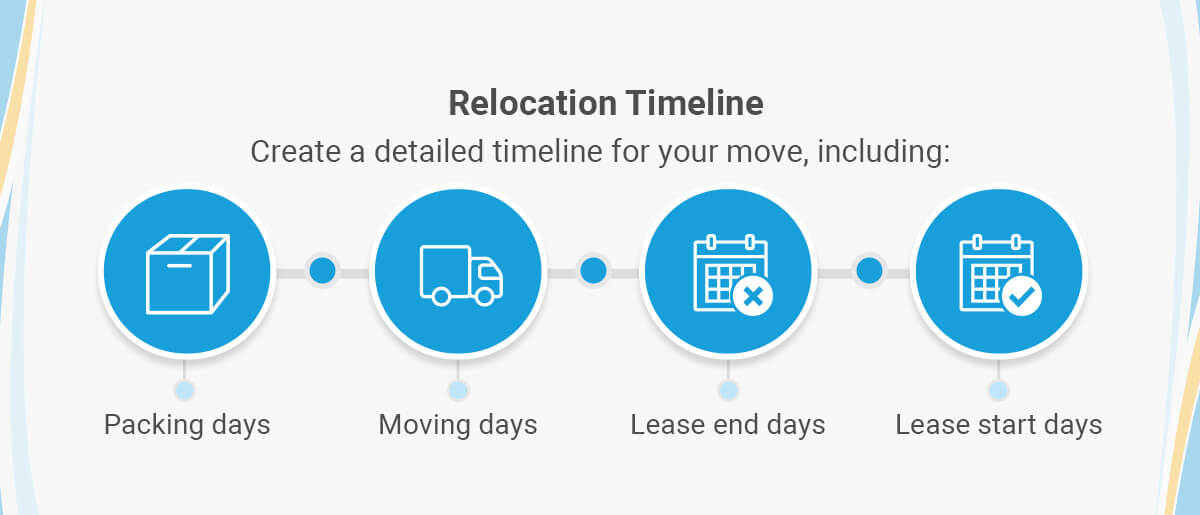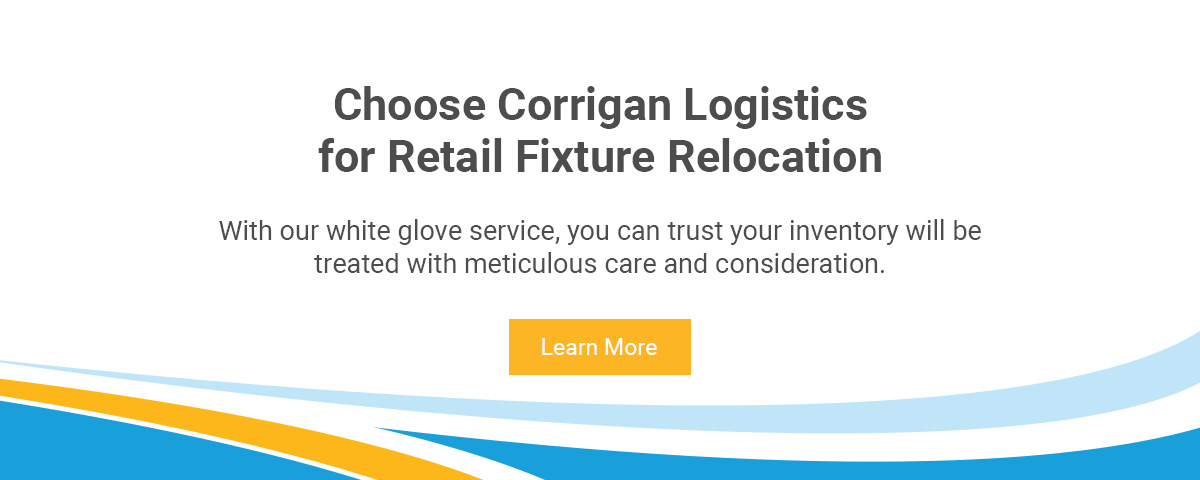Moving store locations is an incredibly involved process that requires strict coordination and expert management. The following retail store moving tips will help prepare you for this transition with suggestions for before, during and after the big move.
Why Retail Stores Relocate
There are many reasons your retail store might need to move, but it’s essential to align your relocation with your business goals.
Some common reasons for relocation include:
- Expansion: Is your current space cramped, or do you have to pay for outside storage space? It might be time to find a new location that fits your retail store’s needs. Many businesses have to relocate to expand their offerings, and since retail stores rely on space, more square footage means more potential revenue.
- Market demand: If your current location isn’t competitive, you might miss out on business. If your local market doesn’t usually shop near your current location, you might want to move closer to the action.
- Lease agreements: Many shops need to relocate due to lease agreements ending. In some cases, the building could be increasing rent or new management might want to take the building in a different direction.
- Downsizing: While not as common, some retail stores may want to relocate to downsize. Whether you’re scaling down your offerings or going in a new direction entirely, a smaller retail space can still present big opportunities.
Challenges of Retail Store Relocations
Relocating a retail store — whether it’s a small curated inventory or a vast warehouse store — comes with challenges and pitfalls. Understanding these and preparing for them can help circumvent the most common issues. These include:
- Inventory management: Keeping track of all your items throughout the move can pose a challenge. Misplacing even one box of inventory can put you back thousands of dollars.
- Transferring displays: If your store uses customized retail displays that have been designed for your old space, transferring them to your new location may not be possible.
- Fragile items: Fragile inventory and displays can get damaged during packing or in transit.
- Downtime: You will likely have to close your store for at least a few days, meaning no revenue is coming in, and hourly employees may have to go without pay.
- Communication: Moving means having to communicate your plans to your current customer base.
Planning Your Retail Store Relocation
Planning and preparation is one of the most essential tips for retail store relocations. The best way to do this is to start early and set clear objectives.
Relocation Timeline

Create a detailed timeline for your move, including packing days, moving days and lease end and start days. On packing days, designate phases for different areas or items in your store. For example, the first day of packing may be dedicated to decorations and signs, while the final day would include large furniture items.
Avoiding delays is key, and a detailed plan for tasks will help keep your move on schedule.
Cost Management Strategies
In the planning phase, you should identify all potential costs and create a budget. Research retail focused logistics partners and request quotes so you know what to expect. There are several strategies for keeping costs down that the right partner should be able to suggest.
It’s also in your best interest to be as efficient as possible to cut downtime. The more time your relocation takes, the higher the cost and the less revenue you’ll generate.
Retail Relocation Best Practices and Strategies
Review these retail relocation best practices to ensure a smooth transition to your new space.
Inventory Management
Your inventory is your lifeblood, so organize and label it effectively for an efficient move. Ensure all items are packed with the proper materials and care is taken. Even when using movers, it may be a good plan to set aside your more fragile items and pack those yourself.
To label inventory, create a detailed system that identifies the item, its shelf location and the number inside each box. A smaller store might use color-coded stickers to designate type and location. Larger warehouse stores may need to rely on barcode labels and scanners to manage inventory during a move. Be sure every team member assisting in the move understands the system.
A moving sale can also reduce the inventory you have to pack while increasing revenue just before your relocation. Consider starting a discount a few months away from your move and gradually increasing it as the day approaches.
Minimizing Downtime During Relocation
Maintaining business continuity is a challenge leading up to, during and after a move. To bounce back quickly and minimize downtime, consider the following tips:
- Start packing the least essential items first
- Try to schedule your move during the off-season or when sales typically trend down
- Partner with a reliable and experienced logistics company to manage the project
- Establish temporary solutions to kick-start operations at your new location
Communicate With Customers
To prepare your customers for the relocation, advertise your new address as early as possible. Place signs outside and throughout your store. Sales assistants should also discuss the move with customers, and your social media channels should provide plenty of reminders for customers.
Getting a feature in a local news segment or magazine to share your move with your community may also be possible. Reach out to local stations and publications or purchase advertising space to ensure no one is caught off guard.
Host a Grand Re-Opening
Moving to a new location is an excellent excuse to host a grand re-opening. How you organize this will depend on your store. You could organize an elaborate party with special guests and activities or implement temporary discounts and offers to attract new and old customers. This also gives you a chance to make connections with neighboring businesses.
How to Choose a Retail Store Relocation Partner
Having a reliable partner to assist in your retail store relocation can ensure your success. To choose the best option for your store, follow these steps:
- Research potential partners: Look for moving and logistics companies with a good reputation that has the right capacity for your retail store.
- Get a quote: Request a quote to ensure it fits within your budget.
- Check testimonials: The best way to determine whether a logistics partner is a good fit for you is to review testimonials from previous clients.
Choose Corrigan Logistics for Retail Fixture Relocation
Corrigan Logistics has an experienced team that’s ready to make your store relocation seamless. By leveraging advanced logistics solutions and technology, we can manage the most complex projects with ease. With our white glove service, you can trust your inventory will be treated with meticulous care and consideration.
Reach out to learn more about our logistics services.




